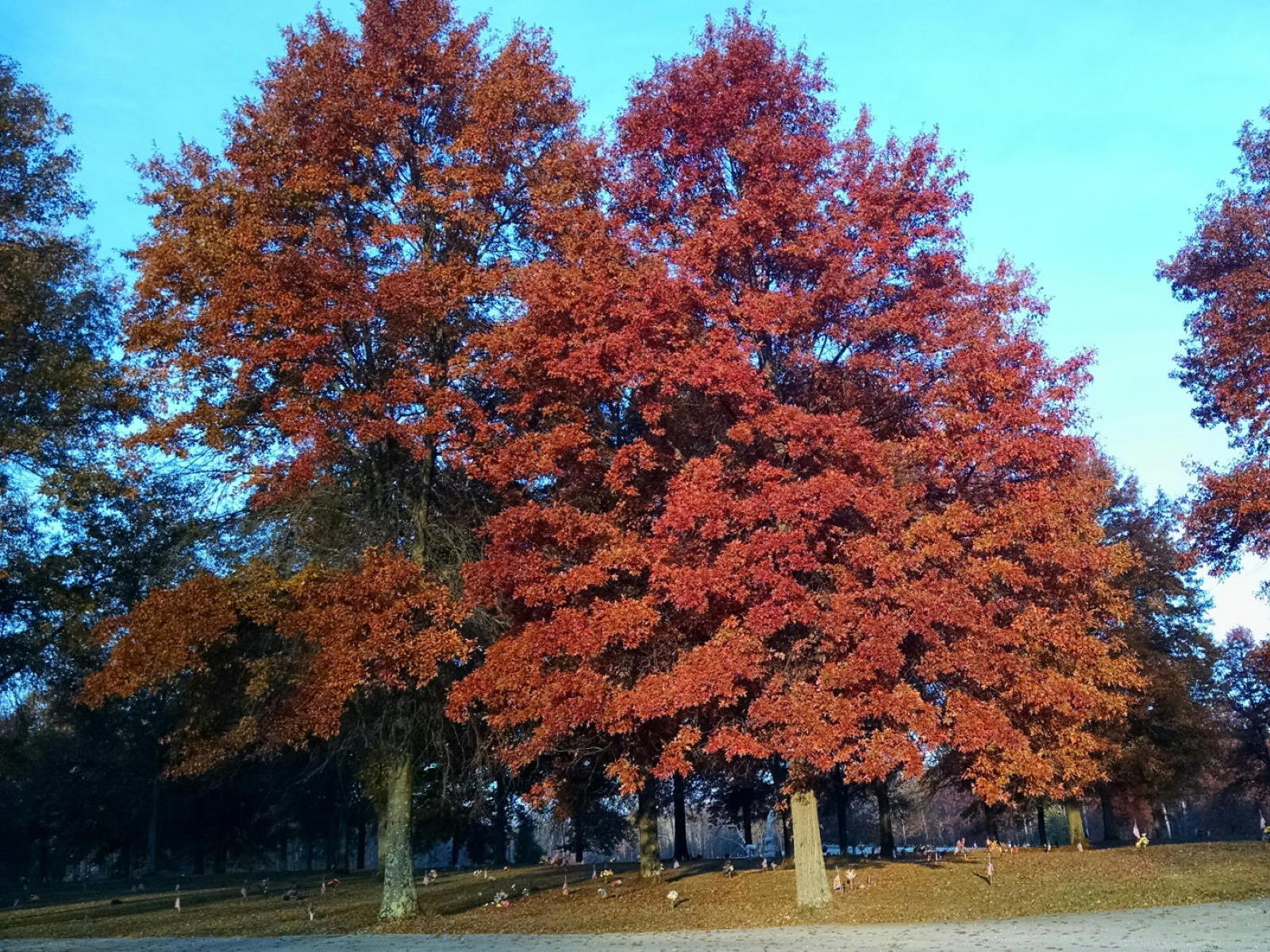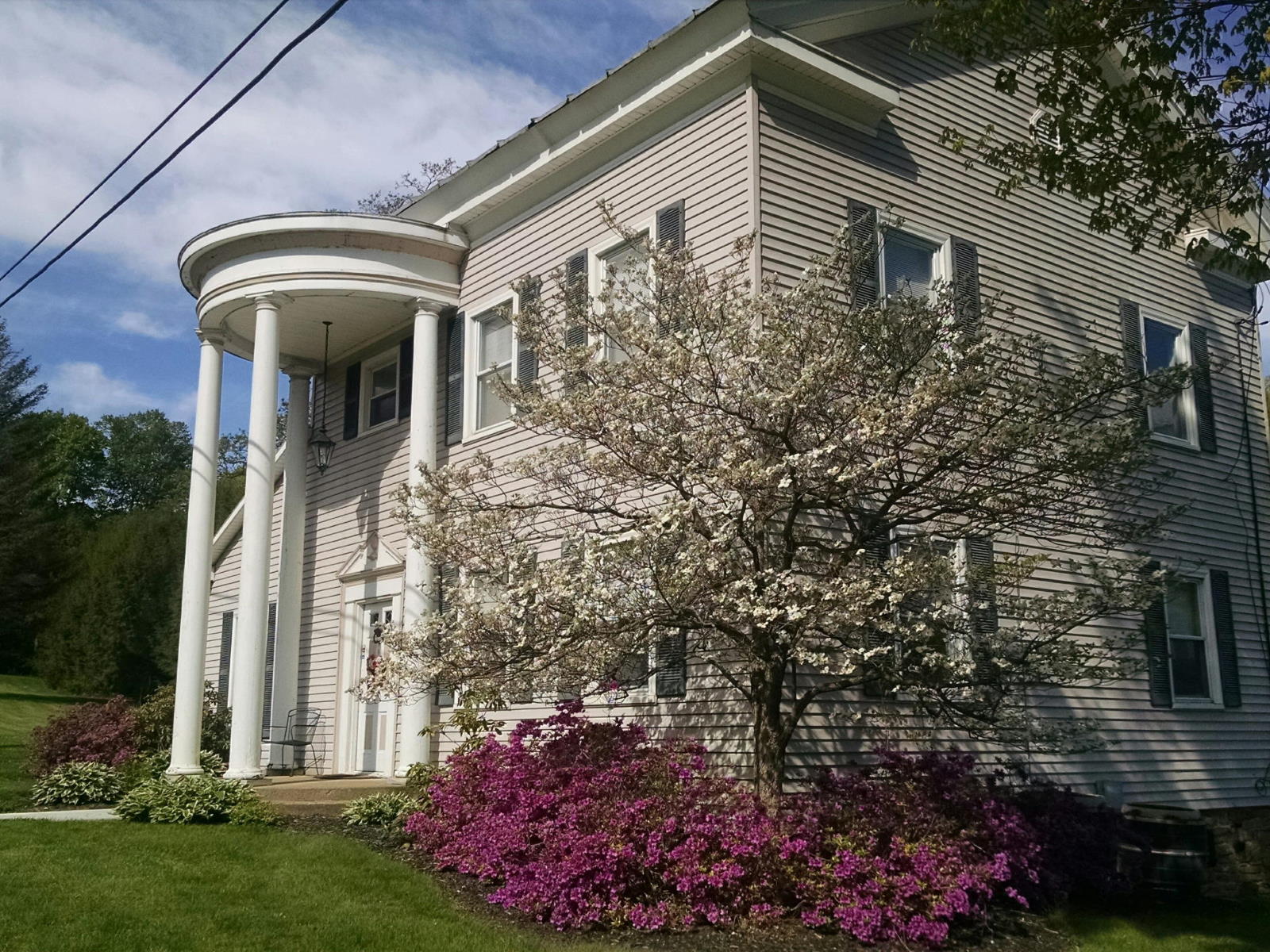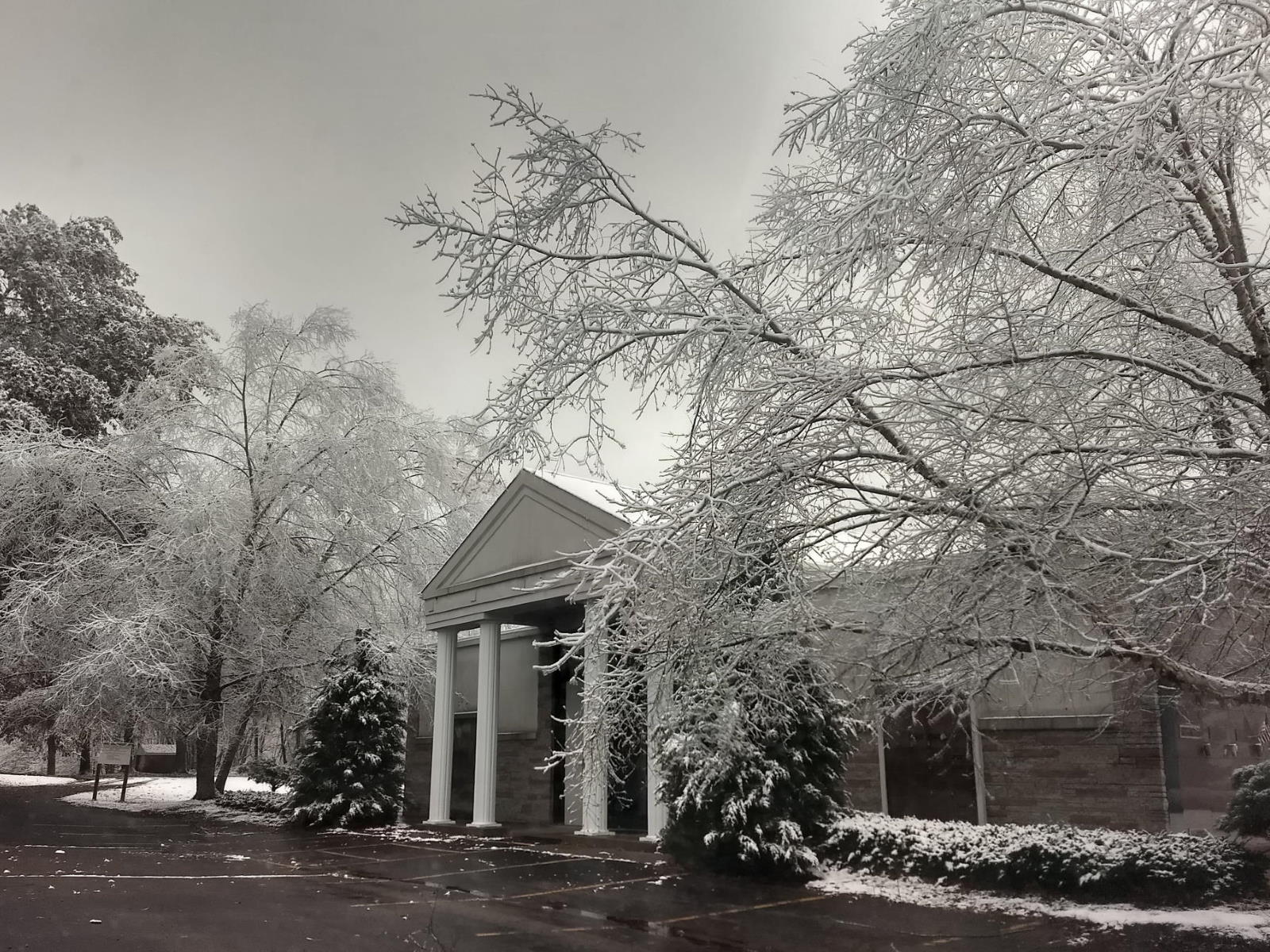
General Cemetery Questions
Funerary art is the form and/or decoration of an object that is used for funeral rites.
Funerary architecture is a structure or building that is used for funeral rites.
“Pre-need” is a term that refers to a purchase of a license for a burial site far in advance of use.
The purchaser can prevent adding the burden of this responsibility upon the family at their time of loss. Both the purchase price of a license and the interment charge may be paid in advance. The licensee may deposit funds for the endowed care of the lot and/or for the preservation of a memorial and any improvements on the lot in advance so that they are assured of a specified level of care for their site.
If the family wishes to identify the grave of the deceased with a memorial, the regular expenses are the memorial and the charge for its placement by cemetery staff on a foundation, which must be paid in advance of its installation. Special Expenses are: Depending on the selection of the memorial, additional monies may be required to establish an Endowed Care fund for any artwork or structure that requires special long-term maintenance. An Endowed Care fund must be established to cover the cost of special long-term maintenance on those lots where permanent plantings are permitted.
Because it provides a focal point for memorializing the deceased. To remember, and be remembered, are natural human needs. Throughout human history, memorialization of the dead has been a key component of almost every culture. Providing a permanent resting place for the deceased is a dignified treatment for a loved one’s mortal remains, which fulfills the natural human desire for memorialization.
When you buy a grave space you actually are buying the right to designate who may be interested in the space, rather than buying the grave space itself. The space remains the property and responsibility of the cemetery. A deed to this right is issued to the purchaser.
While it is true some metropolitan areas have limited available cemetery space, most areas of the country have enough space set aside for the next 50 years without creating new cemeteries. In addition, land available for new cemeteries is more than adequate, especially with the increase in entombment and multi-level grave burial.
When a cemetery runs out of land, it continues to operate and serve the community. Because more and more individuals and families are buying their graves in advance, graves that have been sold will be opened when a death occurs, markers will be placed and other services will be provided. Most states have laws that require funds to be set aside from each sale for the long-term care and maintenance of the cemetery. The amount to be set aside varies from state to state.
Cemeteries are required to keep accurate records describing the ownership of “Interment Rights,” or the right to use a space. These include numbering systems that ensure no space is assigned to more than one owner, except as specified by the purchaser.

Mausoleum Questions
A mausoleum is a tomblike structure or building for the burial of deceased bodies.
Mausoleum crypts are both clean and dry. They offer a viable alternative for those who simply have an aversion to being interred in the ground. With a growing shortage of available land for cemetery use, mausoleums also allow for a maximum number of entombments in a minimum amount of space.
Entombment is the interment of human remains in a tomb or mausoleum. It involves placing a casket or cremation urn in a crypt or niche (individual compartment within a mausoleum or columbarium), which then is sealed.
When you select a mausoleum, you eliminate the need for expensive vaults and monuments or memorials, which almost always are purchased with ordinary in-ground burial.
Burial Questions
A full burial is the interment of a deceased body in its permanent resting-place.
A gravesite is approximately 3-1/2 feet wide and ten feet long. It will accommodate one adult full interment and one cremation interment, or two cremation interments.
A lot is one or more gravesites or cremation lots as shown on the Cemetery plot, which is on file at the cemetery office.
An in-ground full burial requires: the grave, the interment fee (opening and closing of the grave), the casket or urn, and an outer burial container. All of these items are available through the cemetery office.
Because it is an important decision — and because graves vary by size, location and price — many things must be considered. What type of memorial do you prefer? A marker set flat on the ground? An upright monument? How many burials do you expect to take place? Are you arranging for yourself or your family? How much do you want to spend? Answers to such questions will help you make the right purchase.
These are the containers in which the casket is placed. Burial vaults are made of a variety or combination of materials including concrete, stainless steel, copper, bronze, plastic and fiberglass. A graveliner is a lightweight version of a vault.
Yes. Many couples have different preferences regarding final arrangements, just as they may about other choices in life.
No, embalming is not required for burial. It is your choice. Choosing not to embalm may depend on such factors as whether the family selects a service with a public viewing of the body, wants to enhance the deceased’s appearance for a private family viewing, intends to have the body transported by air or rail, or chooses to extend the length of time prior to burial or cremation.

Cremation Questions
Cremation refers to the act of consuming a body by fire.
Cremains are the remains of the body after cremation.
A columbarium is a structure that contains niches for the placement of cinerary urns, e.g. urns with cremains.
A cremation lot is designated for the sole purpose of burial of a maximum of two cremations.
If the family wishes to identify the site of in-ground cremains, there are additional expenses for the marker and its installation. Cremains that are placed in the Columbarium Wall are enclosed in a moisture-resistant niche. The purchase fee of a license for a niche in the Columbarium Wall includes the individual memorial plaque.
Yes. Many couples have different preferences regarding final arrangements, just as they may about other choices in life.


